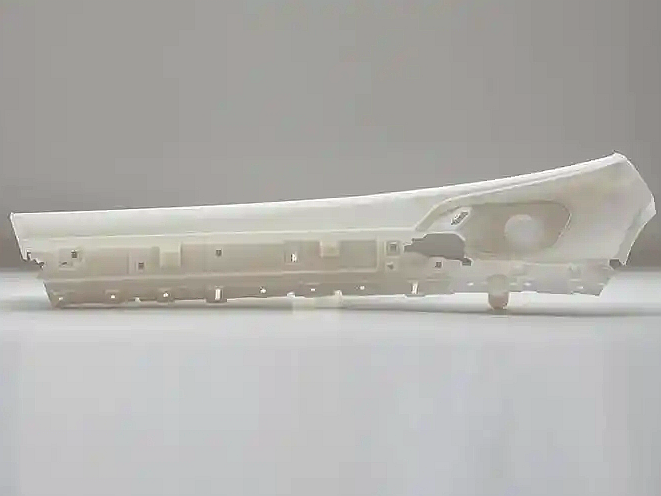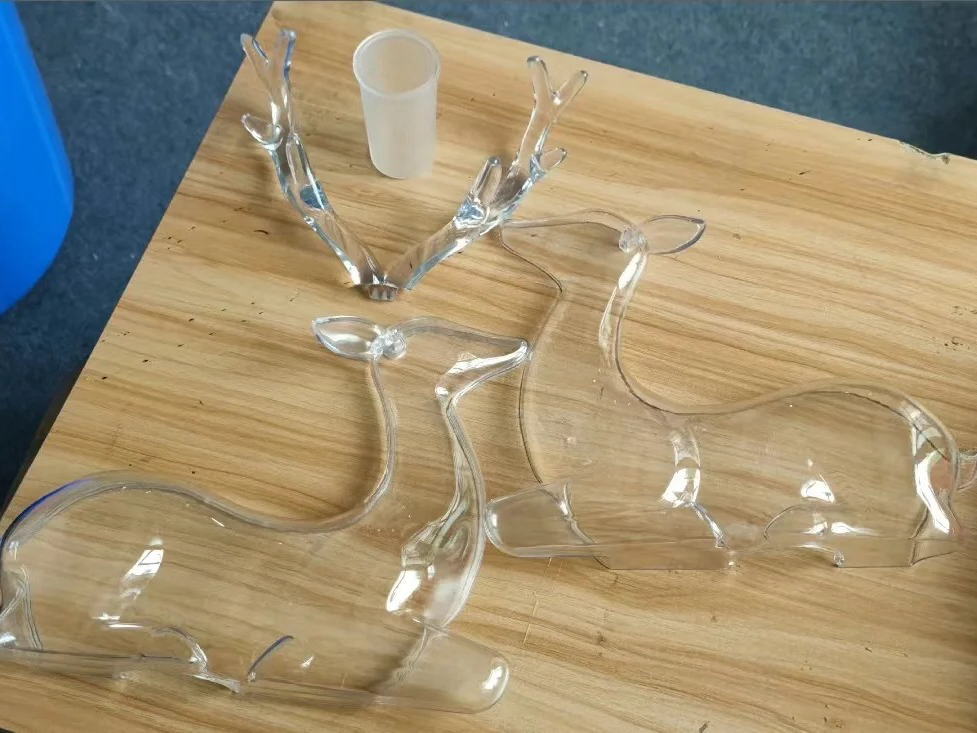Which 3D printing technology is best for producing high-precision resin parts?
Which 3D Printing Technology Is Best for Producing High-Precision Resin Parts?
Optimal Technology: Vat Photopolymerization (SLA and DLP)
Vat Photopolymerization, specifically Stereolithography (SLA) and Digital Light Processing (DLP), is the best 3D printing technology for producing high-precision resin parts. Both methods cure photopolymer resin layer by layer using light, delivering excellent resolution, fine detail, and smooth surface finishes. This makes them ideal for applications in prototyping, medical devices, dental models, and miniature components.
SLA uses a laser to trace and cure each layer individually.
DLP projects an entire layer at once using a digital light source, offering faster builds with high accuracy.
Key Advantages for High-Precision Resin Parts
Dimensional accuracy: ±25–50 µm
Surface finish: Ra 1–2 µm without post-processing
Layer resolution: As fine as 25 µm
Ideal for microfeatures, thin walls, and tight-tolerance components
Compatible High-Precision Resins
Standard Resins – for general prototyping and visual validation
Tough Resins – for functional parts requiring impact resistance
Engineering Resins – for parts under load or with mechanical stress
Medical-Grade Biocompatible Resins – for surgical guides and dental use
Customer-Oriented Solutions and Services
To support high-precision resin parts, we offer:
3D Printing Technologies:
Access Resin 3D Printing using advanced SLA and DLP systems for detail-critical parts.
High-Precision Resin Materials:
Choose from standard, tough, engineering, and biocompatible resins depending on performance and application.
Application Support:
Explore our services in medical and healthcare, consumer electronics, and rapid prototyping, supported by surface finishing and CNC machining.



